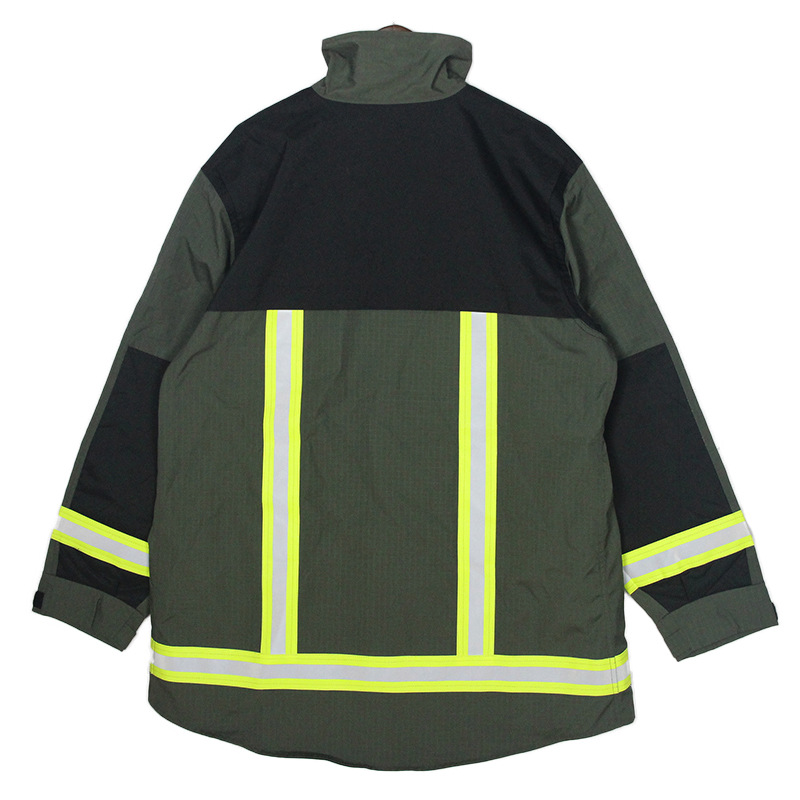Introduction: Selecting the right workwear is vital for employees’ safety, comfort, and performance. In this blog, we’ll provide a comprehensive guide to help employers and employees choose appropriate workwear based on the job’s specific requirements and industry standards.
- Assessing Workplace Hazards: Identifying workplace hazards is the first step in selecting suitable workwear. We’ll discuss how conducting a thorough hazard assessment helps determine the necessary safety features, such as flame resistance, chemical resistance, or impact protection.
- Compliance with Safety Standards: Understanding industry-specific safety standards and regulations is essential. We’ll explore how compliance with standards ensures the chosen workwear meets the required safety criteria, protecting employees from potential risks.
- Fabric and Material Selection: Selecting the right fabric and material is crucial for comfort and durability. We’ll discuss how different materials, such as cotton, polyester blends, or specialized protective fabrics, offer varying levels of comfort and protection.
- Ergonomic Design and Fit: Workwear should allow for ease of movement and proper fit. We’ll explore how ergonomic design considerations, such as adjustable closures or gusseted crotches, enhance mobility and comfort, promoting productivity.
- Climate and Weather Considerations: Workwear should be suitable for the prevailing climate and weather conditions. We’ll discuss how breathable fabrics are essential in hot environments, while insulated or waterproof materials are necessary for cold or wet conditions.
- Functionality and Utility: Workwear with functional features, such as multiple pockets or tool loops, enhances efficiency and convenience. We’ll explore how considering utility features aligns workwear with the specific tasks employees perform.
Conclusion: Choosing the right workwear involves assessing workplace hazards, complying with safety standards, selecting appropriate fabrics and materials, prioritizing ergonomic design and fit, considering climate and weather conditions, and incorporating functional features. By following this guide, employers and employees can ensure that workwear promotes safety, comfort, and productivity in the workplace.








